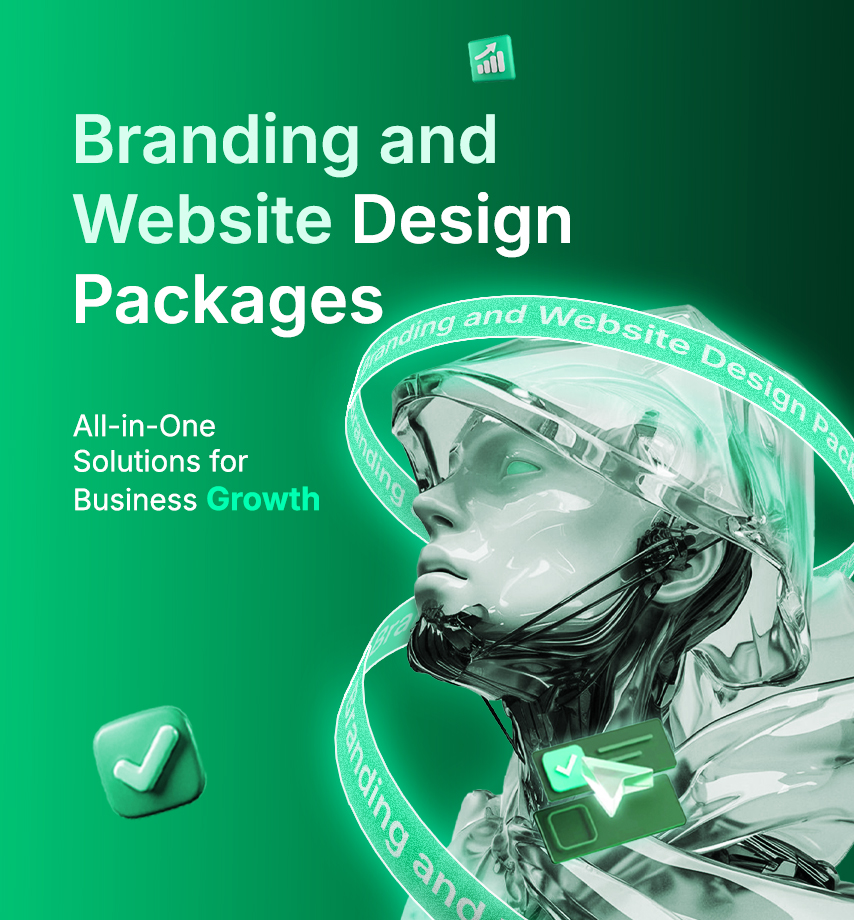Migrating your website to Webflow can feel risky, especially when your site already has strong SEO rankings, valuable content, and domain authority.
Your fear of losing visibility or breaking your site’s structure is valid.
That’s why choosing the right Webflow migration expert matters. It ensures you can safely transfer your site to Webflow without losing SEO rankings, valuable data, or breaking important links.
In this guide, we’ll help you identify the best agency for Webflow migrations, what to expect from the process, and how to choose the right partner who can make your move seamless, secure, and SEO-safe.
Common Migration Routes Webflow Services Offer
Best Webflow migration experts in web design handle all platform migrations with SEO preservation, data control, and design flexibility.
The most demanded migration routes they usually provide:
Why Choosing the Right Webflow Migration Expert Matters
Migration to Webflow is usually a matter of fear about losing SEO ranking, drastically impacting UX performance, or the client losing or having a lower speed.
So, let's see how selecting a Webflow migration expert makes everything smooth and risk-free.
1. Your Website’s Search Ranking Matters
Without a responsible Webflow migration service, you can lose SEO data, URLS, and alt text search engine rankings.
Even if it can totally risk an enterprise-grade business wanting to move to another site with huge content and high SEO rankings.
Webflow content migration services ensure all the dynamic content, pages, URLs, and metadata remain the same as in the Webflow CMS.
Bonus: Download our Webflow Migration Checklist to handle redirects and SEO safely.
Rebuilding UX Design Without Hurting Conversions
Redesigning a Website can impact client conversion, engagement, or regular flow.
Like, your Healthcare WordPress website's UX design is familiar to your regular audiences, clients, or prospects.
Once you migrate your site to Webflow, poor UX or a different user interface can confuse clients and damage your website's reputation.
In that case, choosing a leading web design company for Webflow migrations is the best overall way to keep your UX/UI design similar and stronger. It'll cut costs but will increase revenue 10x better.
Optimize Website Speed and Performance After Migration
Migrating to Webflow is somehow connected to better speed and performance.
WordPress or other Website CMS has plugin vulnerabilities, security issues, and slower speed.
But what if you're experiencing poor performance even worse than before?
Selecting the wrong migration agency, your new Webflow website will have technical issues, a broken layout, unresponsiveness, and slower speed.
So, choosing the right webflow migration service ensures all things are optimized and work as expected.
Criteria for Selecting a Migration Agency
1. Experience with Webflow Migration
Choose an expert agency that handles a complete Webflow site transfer. Look at whether they have completed the Webflow migration project.
From migrating content from the new Webflow website design, identify if they really ensure every step when switching websites.
2. Platform-specific Expertise
Migrating from WordPress to Webflow has different approaches from Squarespace or Wix.
Like domain transfer limitations, content management, the blog migration process, and tools.
Depending on your current website CMS, evaluate the agency's process, tools, or previous experience with similar projects.
3. Webflow Certification
Go for certified Webflow migration specialists to avoid any potential risk, losing SEO data, or facing issues.
When searching, the best agency for Webflow migrations typically has Webflow certification, such as being a Webflow Enterprise Partner.
They are an expert and trusted agency to provide services like Webflow development, Webflow SEO, and Webflow Migration
4. SEO and Content Migration Capabilities
Preserving SEO ranking is a common challenge to address quickly. Hire a Webflow migration expert if they are mapping out URLs, metadata, headers, structured data, and content accurately.
Well, they should also set up 301 redirects, sitemap updates, and other SEO best practices to avoid losing traffic post-migration.
5. Project Timeline and Process Transparency
Webflow migration specialists typically give you a transparent timeline including defined milestones and deliverables.
Identify agile processes, methodologies, and communication tools like Slack and Notion to track migration progress and timeline.
6. Cost and Pricing Models
Always forward with Webflow agencies that provide a clear cost estimation.
Check out Webflow migration pricing packages and structure—hourly, fixed, or subscription.
7. Support After Migration
Post-launch support is crucial for fixing any technical issues, missing content, or broken links during migration.
Partner with an expert Webflow migration agency that provides an expert that provides continuous support for further errors. But don't get trapped in hidden fees or long-term contracts.
Questions to Ask Potential Migration Agencies
Before choosing the right webflow migration service, ask questions to evaluate their experience, professionalism, and clarity.
What is Your Webflow Migration Process?
Ask what the specific process or steps they follow to provide a successful migration are.
- Do you provide current site audits?
- Are you going to redesign my existing website structure?
- What technical integration will you do?
- Does it include domain and hosting transfer costs?
- Do you offer post-launch support?
How Do You Handle SEO During Migration?
Ask for a clear mapping of an existing website's SEO.
- Do you back up all of my alt text, URLs, and metadata?
- How do you fix broken links after migration?
- Do you provide SEO issue fixes after launch?
Can You Migrate Complex Content Types?
If your website includes dynamic content like blogs, case studies, products, or portfolios, you’ll need a team skilled in Webflow CMS architecture.
- Can you migrate custom post types, categories, and tags?
- Will you preserve media assets and internal linking?
- How do you handle integrations (HubSpot, Zapier, or analytics tools)?
- Do you offer custom CMS setups for scalability?
What Do You Charge for Website Migration Services?
Always request a clear cost breakdown before signing a contract.
Ask whether the quote includes:
- Content and CMS migration
- Website design and development
- E-commerce Integration (if relevant)
- SEO preservation and redirects
- QA and testing
- Launch and after-support
Ready to Migrate Your Website?
Migrating to Webflow seems complex, but you can enjoy a seamless migration journey by choosing the right partner.
Understanding what services Webflow migration provides, the actual migration challenges, and the questions to ask, you can hire the right one.
So, searching for the best Webflow migration experts in web design?
Consider ideapeel, the best agency for Webflow migrations in the US.
We’ve migrated more than 100+, who already experienced the fastest speed, better SEO ranking, and maximum ROI.
Don't feel safe migrating your site yet?
Get a free consultation and see the clear roadmap we work on!
FAQs about Webflow Migration Expert
How long does a Webflow site migration take?
A typical Webflow site migration takes anywhere from 3 to 6 weeks, depending on your site’s size and complexity.
How much do Webflow migration services cost?
The cost of Webflow migration services ranges from $500 to $5,000+, depending on your current platform, number of pages, and required integrations.
What’s included in Webflow content migration services?
Webflow content migration services include moving all your existing pages, CMS items, blog posts, products, images, videos, and metadata into the Webflow CMS.


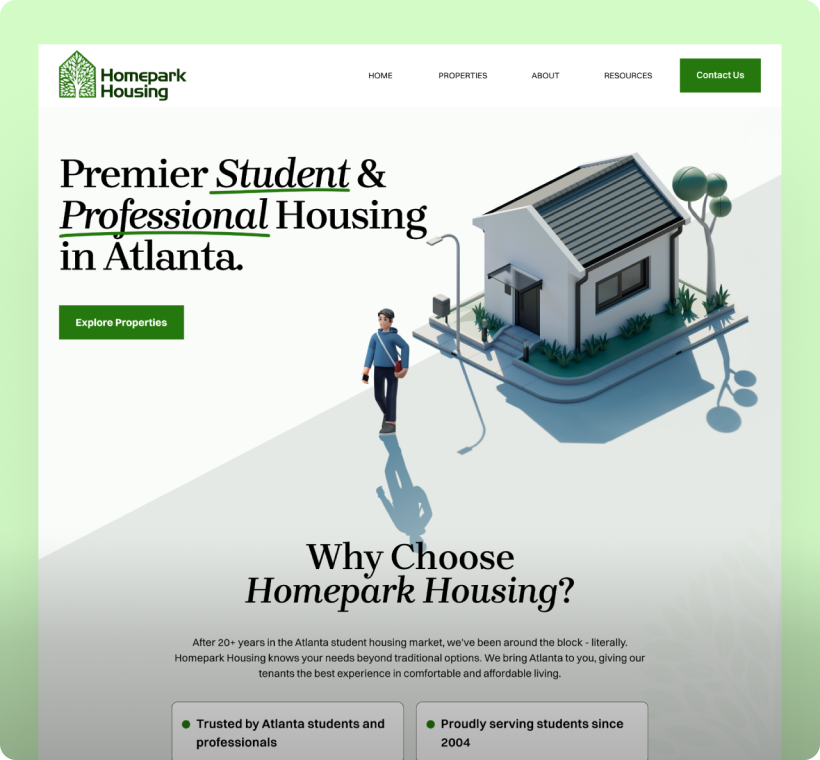
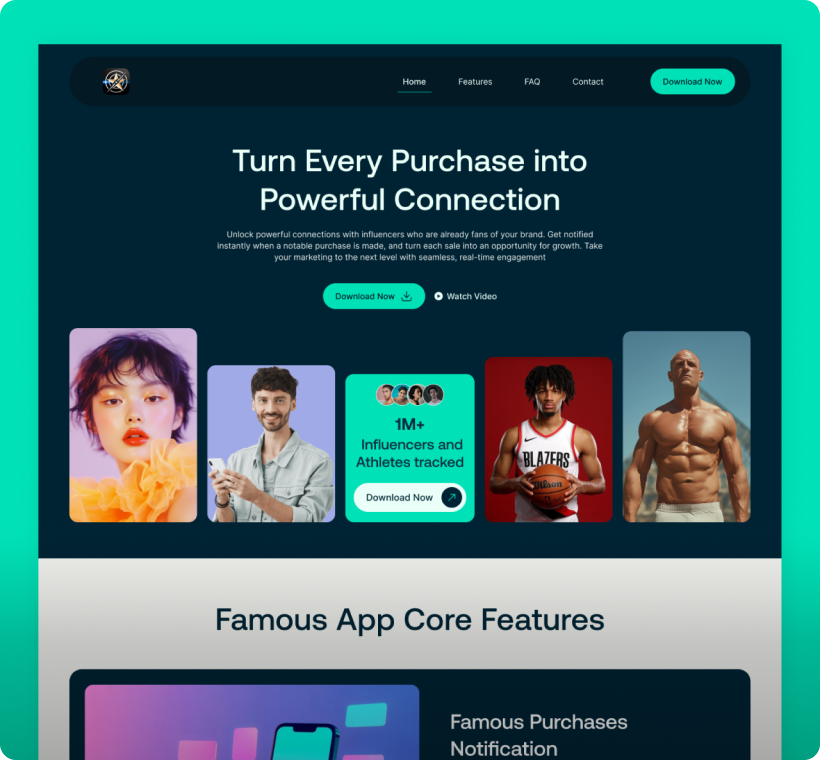

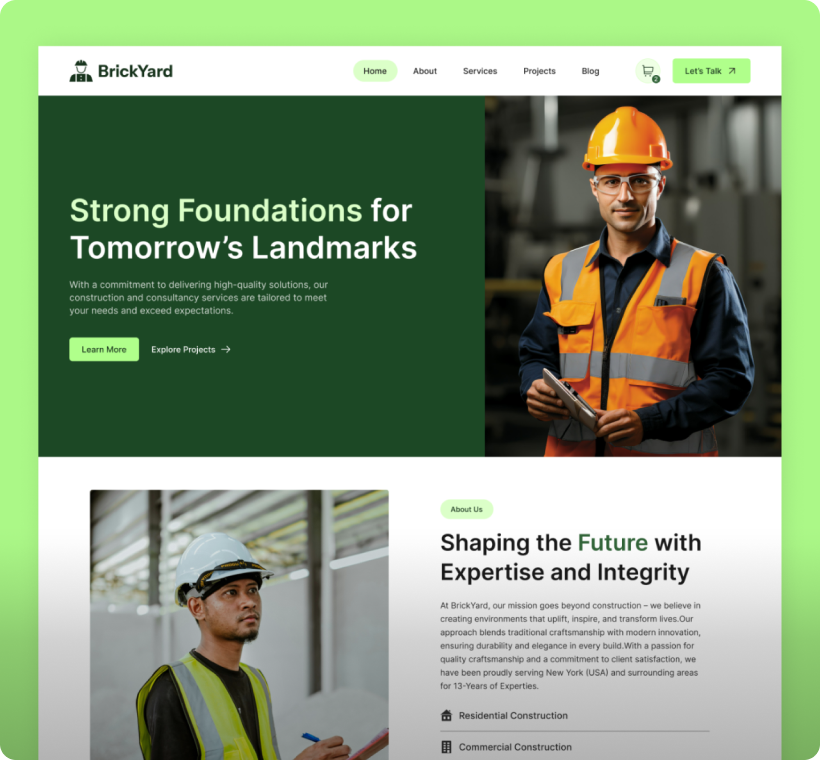













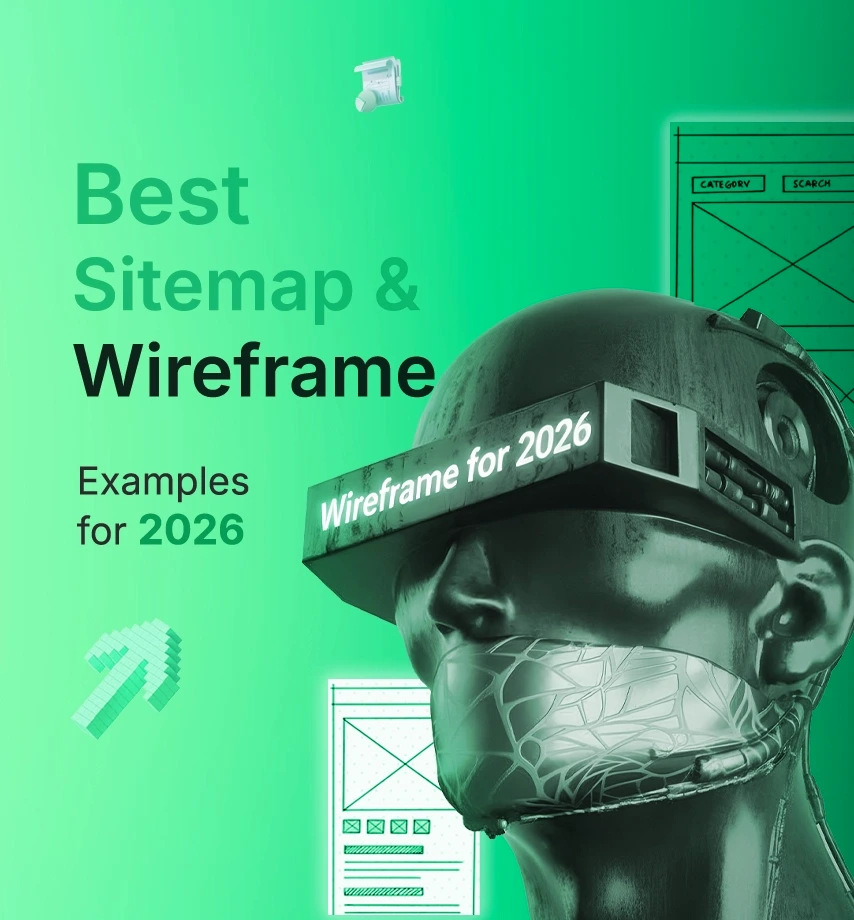
.webp)
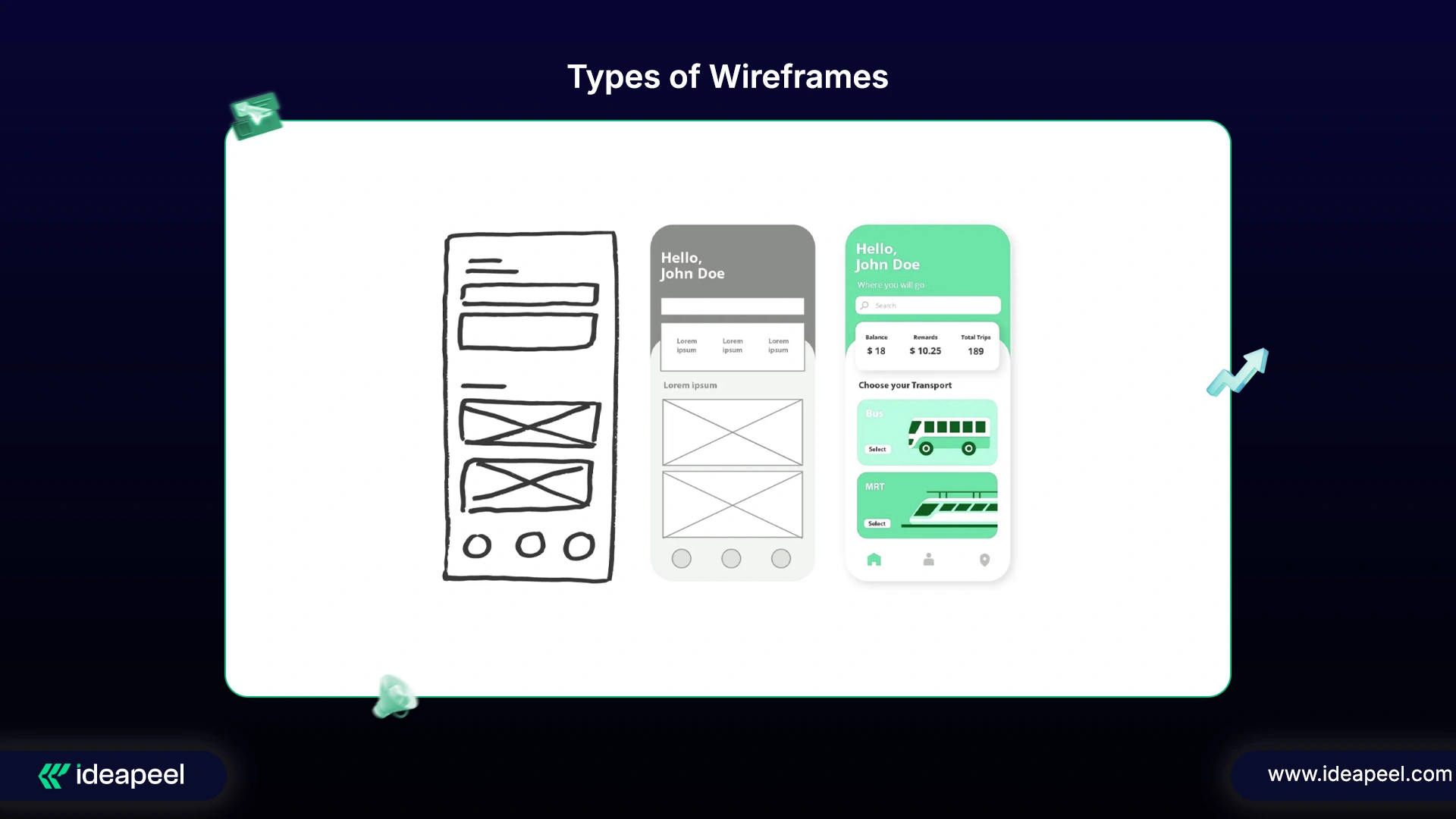
.webp)
%20(1).jpg)
.webp)
.webp)
